Have got for elementary and weak students
I have changed jobs and now I teach at elementary school. And even though I think that I am an experienced teacher I have never taught students with actual learning problems. Now I do, and I face real challenges. For example, this week I taught the verb HAVE GOT from the Project 1 textbook, and I failed to teach anything at all. When I asked my students to complete the green table with the correct forms, there was no reaction. And when I asked them to transform the affirmative sentences into negative ones, there was just one student who could do this.
ADVERTISEMENT:
[showmyads]
At that moment, I realised that I have to teach them differently. So I created the following materials to help my students learn to use the verb HAVE GOT in affirmative and negative sentences. I hope I will be more successful this time, and that you will find these materials helpful too.
HAVE GOT – visual presentation
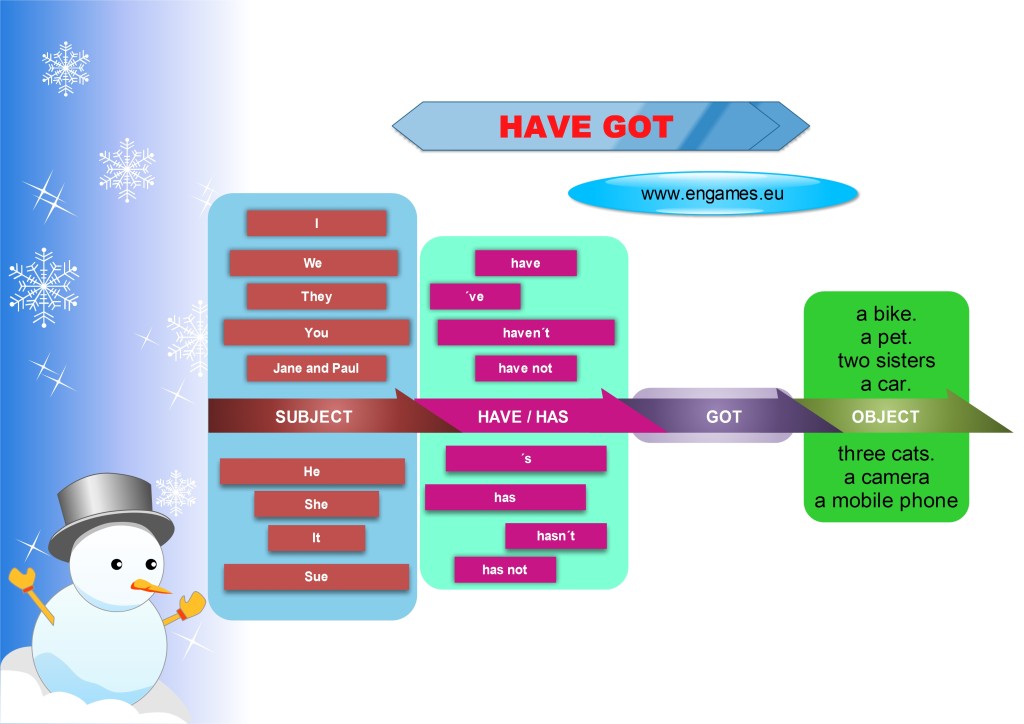
As I write above, table like this was very good for talented students but not for the pupils with learning problems. They need something else. But what?
When we wrote a test on vocabulary 75% of them were able to learn all the words correctly. So why not teach them the verb and its forms as a vocabulary item. No fine deduction just a crude memory work. I believe that is the way. So I have created the following graphical presentations.
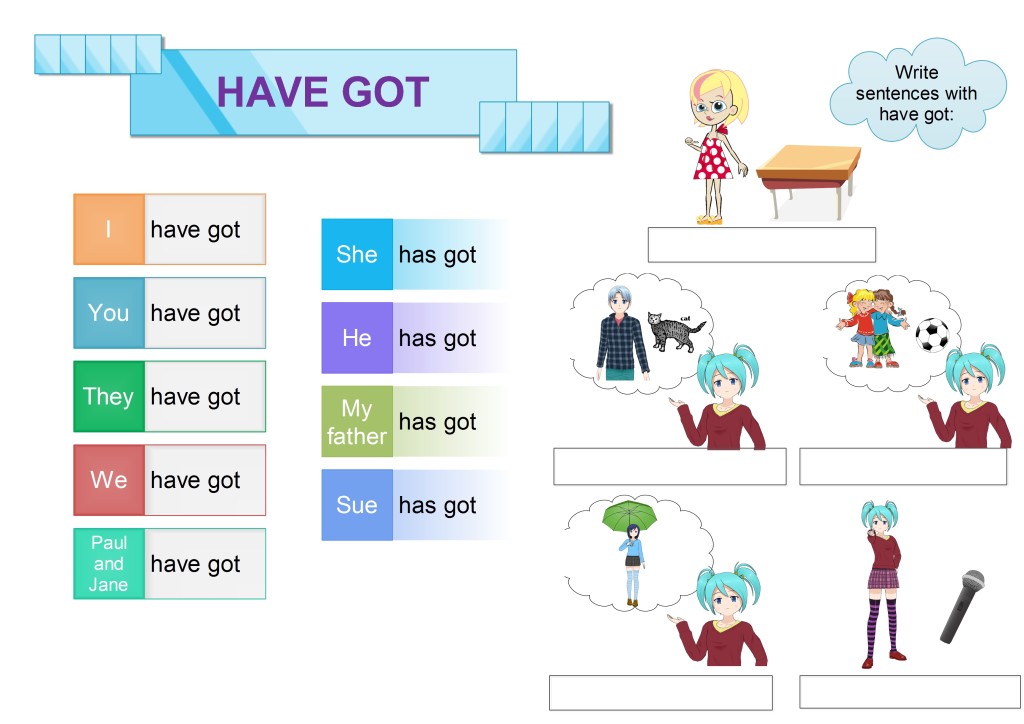
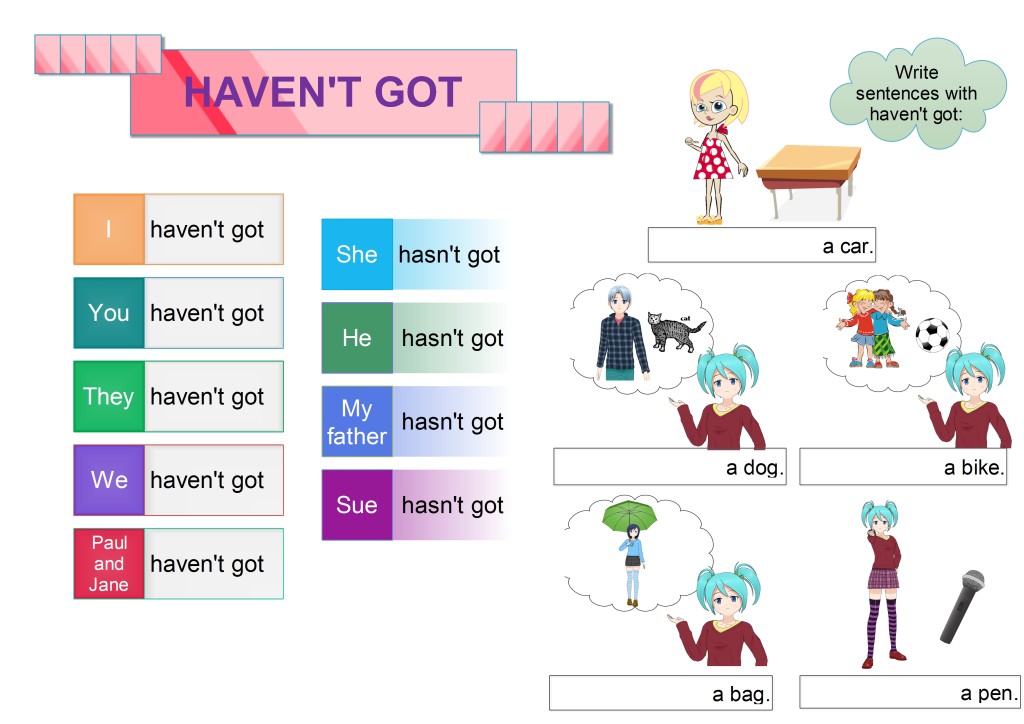
Ask your students to learn the forms by heart. Then ask them to use the phrases and write sentences to the pictures. If this proves too difficult write the five sentences randomly on the board and ask them to match them to the pictures and copy them.
Work in the same way with the negative sentences. In this way the students might comprehend the logic behind the forms or they will just remember the phrases and thus be able to use them.
HAVE GOT – classroom practise and worksheets
The first activity is called MT Board. I have create the following worksheet. At the top there is a table with the mother tongue sentences (the sentences are in Czech, so you have to change this one if you are not Czech). Below it there is the same table with the English sentences. Cut the English sentences along the lines and leave the mother tongue board intact. Ask the students to work in pairs and give them the Mother Tongue board and the English pieces. Ask them to place the pieces on the
board. Check their answers.
Board_push_have got
ADVERTISEMENT:
[showmyads]
The second activity is called a pair card. Print out the following worksheet and cut it in the middle (from top down not from side to side). Ask the students to work in pairs. Each student gets 8 completed sentences and 8 sentences with gaps. Students read (they must not write anything) their gapped sentences and complete them with the correct forms of the verb HAVE GOT. Their partner listens and checks or corrects their answers (He/she has the full sentences). Once they finish they can swap their cards and start again.
The last classroom activity is a drill. Once you feel that your students got the hang of the grammar, you can play the following recording. The native speaker will say the subject and the students have to supply the correct form of the verb HAVE GOT in the pause. Each pause is followed by the correct form and another subject.
To download the file, right-click the following link and choose the option SAVE AS…Have got_mp3 drill
HAVE GOT – Games
The game is called Basketball. This game is in flash and it will play only on your desktop.
Your task is to choose the correct form and then score a basket. Have got – basketball
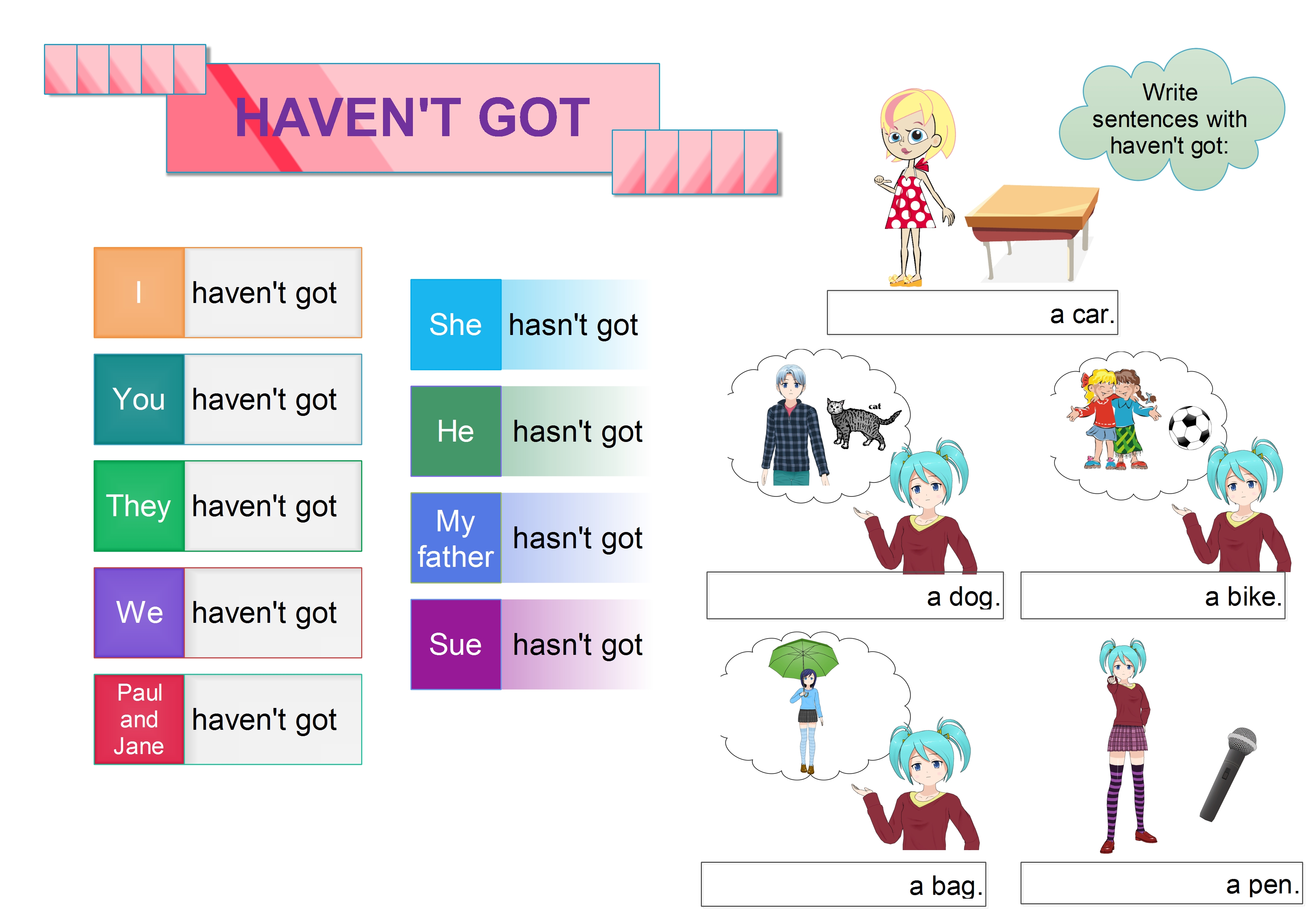
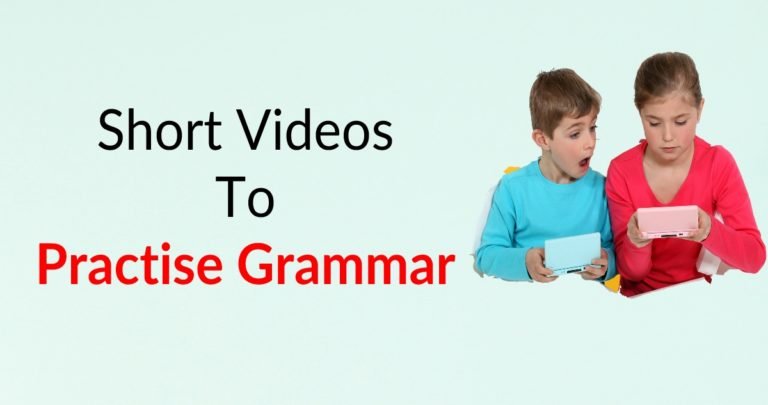
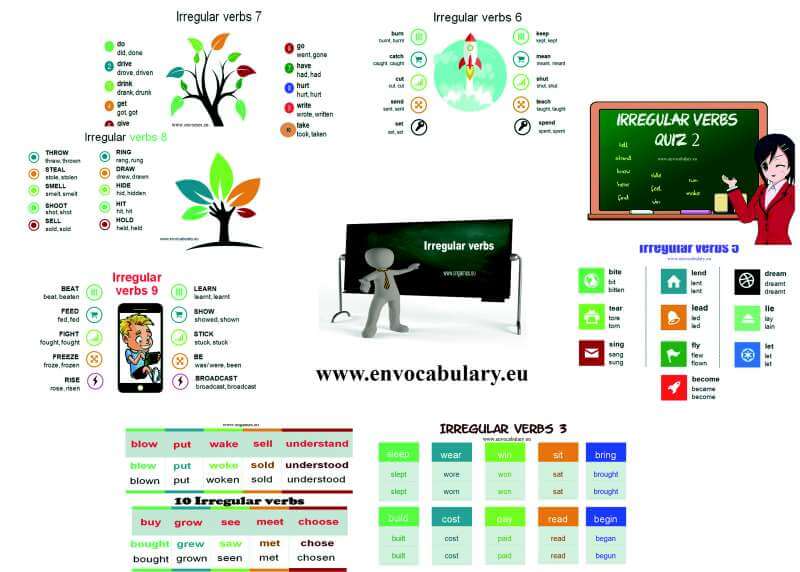
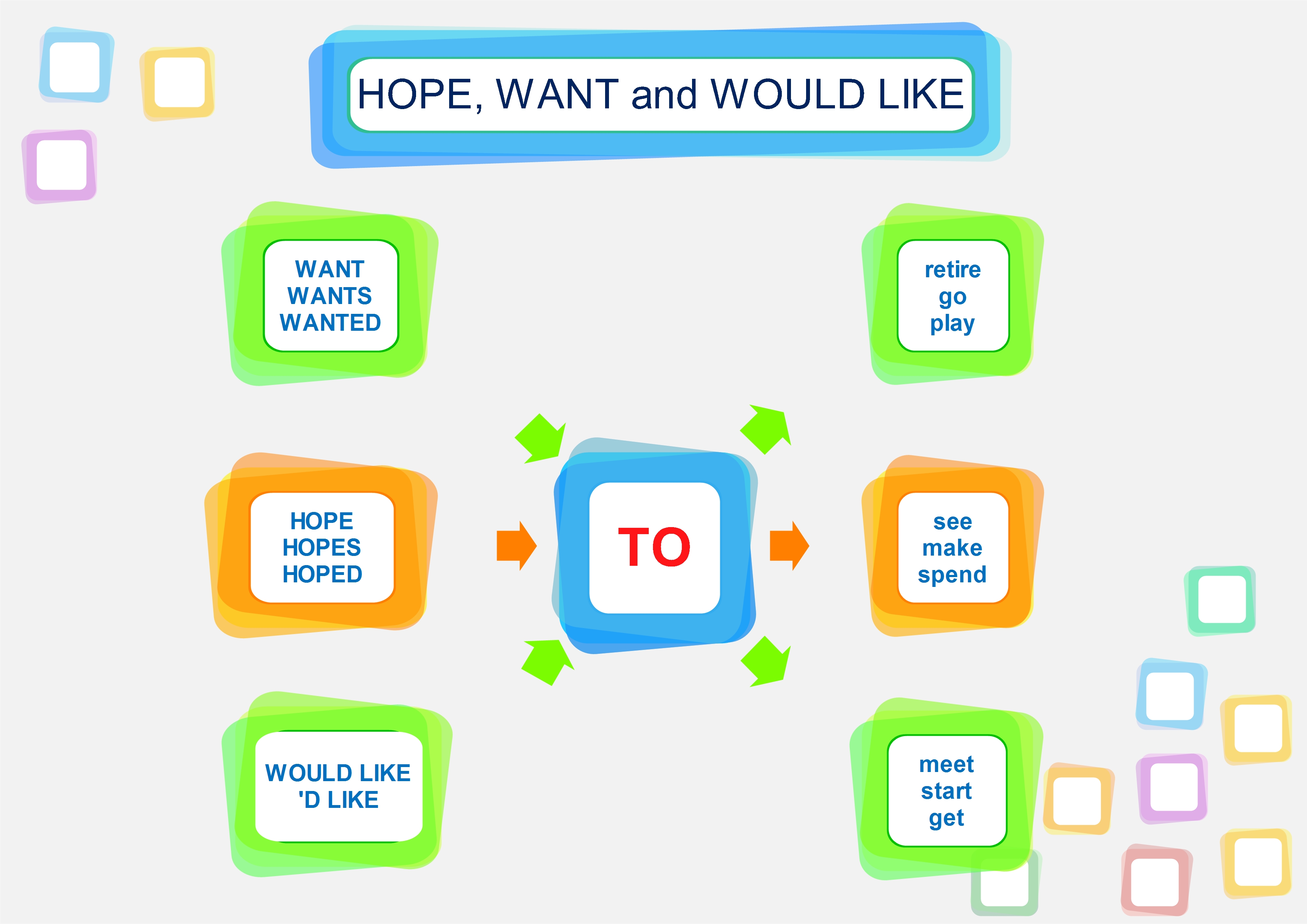
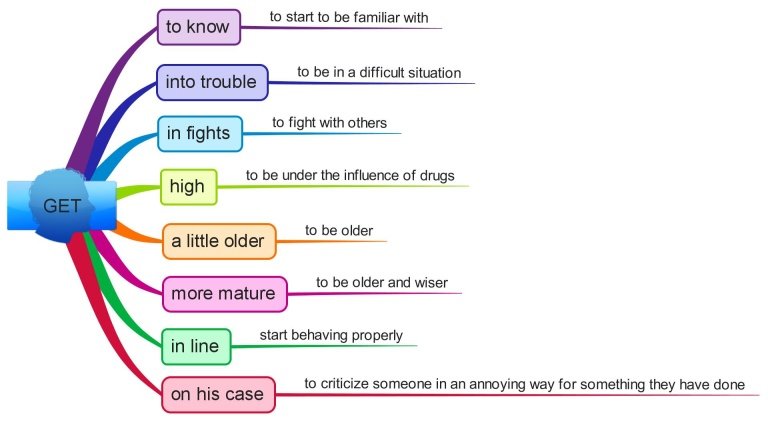

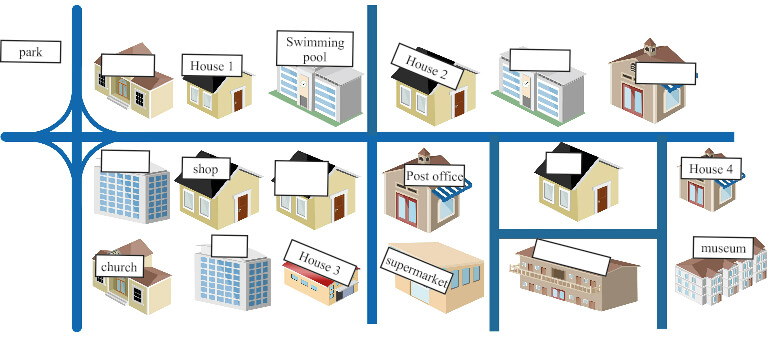
Hi!
I love your diagrams, but, as I see it, you should include “My dog” or “My doll” when talking about “has/hasn’t got”, don’t you think?
Best regards from sunny Mallorca!
It sounds nice. I will see whether I will find a possibility to use these.
thanks, it’s very good lesson
i must to learn english may be i am beginner :-))
I think good process for situation with or without adding noun. I wish to share that “has got” is incorrect. “She has gotten (developed) good marks in her study.” (past tense)
“She has been getting good marks all year.”
In present tense “got” is not used. “She has good study habits.” (NOT “she has got good…”).
“She will likely “get” good marks next term.” (future)
I am afraid I cannot agree. It might not be used that commonly in American English, but “have got” is perfectly normal in British English. Anyway, thanks for commenting. I appreciate that you have taken the time.
I tend to agree with William. I would never encourage students to use “have got”. In most cases the got should be eliminated as it is unnecessary. In editing their writing I would be encouraging students to condense their writing by eliminating got where possible. I have only been teaching for 35 years.
I agree that HAVE without GOT would make things easier. However, the textbooks we use in the Czech Republic teach HAVE GOT.